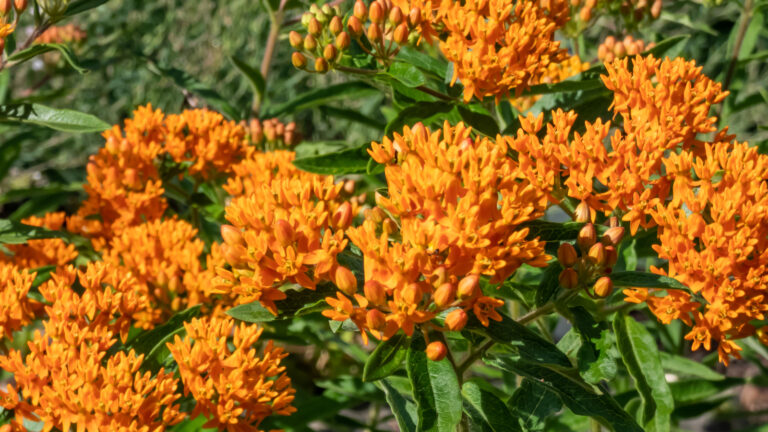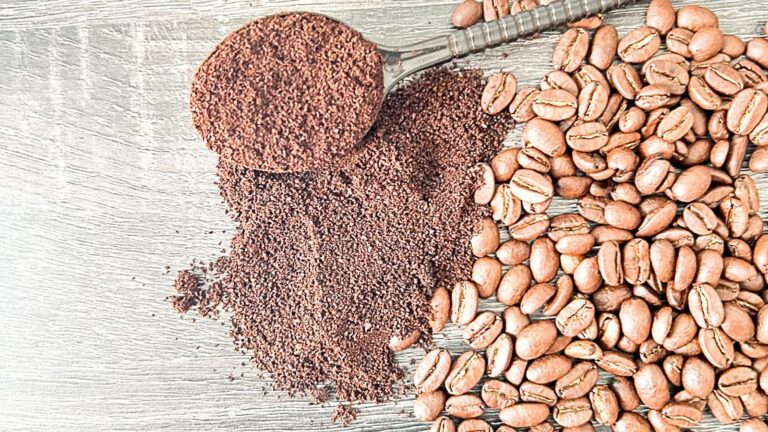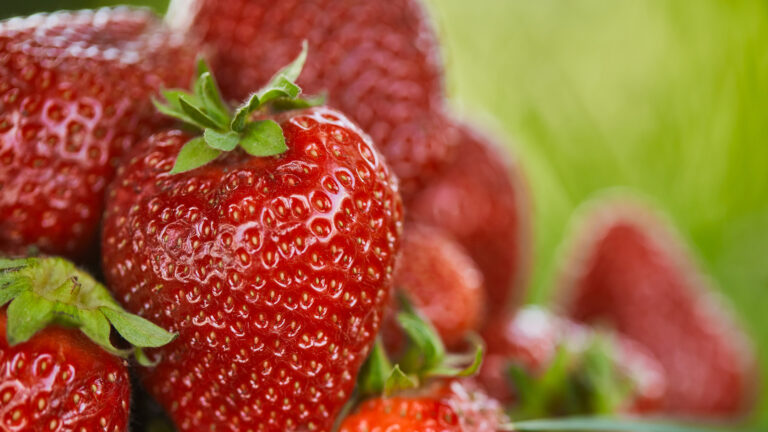This post may contain affiliate links.
Mint makes a fantastic addition to an herb garden. It is one of the easiest herbs to grow, especially if you are beginning your herb garden. It is a versatile herb with medical properties and makes an excellent tea, refreshing beverage, essential oil, and cooking ingredient. It can even make a great addition to your favorite cocktail.
Mint is a fast-growing perennial herb that grows equally well indoors or outdoors. Here’s how to get started growing your mint.
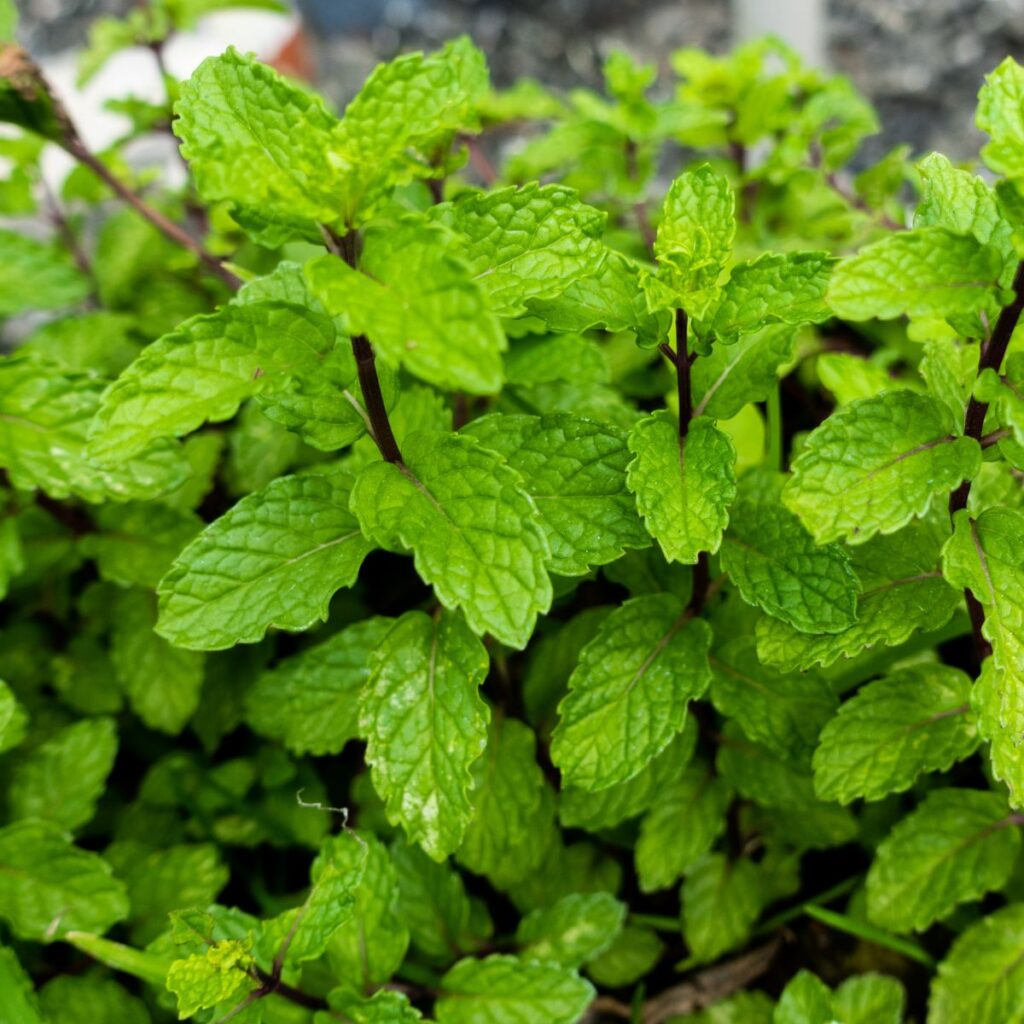
Benefits of Growing Mint
Mint is an herbaceous perennial in USDA Zones 4 through 9, although some varieties are hardy to Zone 3. Being a cool-season plant, mint grows best in spring and fall but will grow in hot, dry weather with adequate moisture. There are several reasons to grow mint in the home herb garden, including:
- Mint grows quickly and is one of the easiest herbs to cultivate
- Mint has a wide range of culinary uses, including tea, desserts, and savory dishes.
- Digestive aid
- Cold and flu relief
- Trace amounts of vitamins and minerals (when used fresh)
- Breath freshener
- Medicinal use, such as Headache relief
- It can help with menstrual cramps
- Sleep aid
- Aid weight loss
Mint is also a good companion plant. It will benefit your garden by attracting earthworms and beneficial insects (such as predatory insects and pollinators), and repelling problematic bugs with its strong aroma.

Many gardeners consider this aromatic plant invasive as mint spreads very aggressively by creeping stems called rhizomes. These rhizomes (sometimes called “runners”) creep along the soil or just below the surface until they develop adventitious roots and form a new plant.
Because of this concern, it is often advisable to plant mints in plant pots, garden beds, or larger containers so you can control their growth and impact on other plants. If you plant it directly into the ground, you may have issues later on as it competes with other plants for nutrients and water in the soil.
Types of Mint Variety
There are around 25 different varieties of mint, each with its unique color, size, and flavor.
While most species of mint are native to the Mediterranean region, wild varieties have been used by ancient cultures all over the world, including North America and even Australia.
Some of the most popular members of the mint family and commonly available cultivars are:
- Peppermint
- Spearmint
- Chocolate mint
- Orange mint
- Banana mint
- Apple mint
- Lavender mint (edible but commonly used for decorative purposes)
- Corsican mint
CAUTION: Some mint varieties, such as Pennyroyal (Mentha pulegium), are toxic to humans, so they should not be grown for culinary or herbal purposes.
Mint is readily available from most garden centers as seeds, transplants (or plugs), or you can buy it fresh from the grocery store and easily cultivate your own.
How to Best Grow Mint
Site Preparation
It is important to select a site that receives partial to full sun. Mint prefers loose, well-draining, fertile soil that stays moist (but never waterlogged) with a pH between 6.0 and 7.0.
Add a layer of compost before planting to create a good soil texture and add nutrients. Mint is a light feeder, so a yearly application of compost is more than sufficient to provide its requirements (fertilizer is wholly unnecessary when growing mint).

Mint grows very well in containers. When growing potted mint, fill an 8-10 inch pot with your preferred growing medium, place it in a sunny location, and grow it as mentioned below. Make sure to add drainage holes so that the pot has good drainage.
Planting Mint
There are three ways to start your mint plants: stem cuttings, root cuttings, or mint seeds.
Mint can either be grown from seed or propagated from a parent plant. Of the two, propagation is the easiest and most successful.
- Stem (Softwood) Cuttings: This is the easiest and most successful way to start new mint plants. Select young, vigorous shoots about 7-10cm (3-4 inches) long from your plant or store-bought mint. Remove the lower mint leaves and stand the cutting in water so about ¾ of the stem is submerged. Set in a sunny spot and change the water regularly. The stem will root quickly, and you can plant it once the mint roots are established.
- Root Cuttings: Dig up or remove a mint plant from its container, cut the root mass in half, and then replant as desired.
- Seeds: Mint is not commonly grown from seeds, as germination can be slow and unreliable. Start seeds indoors 8-10 weeks before the last frost for transplant or direct sown after the last frost. Sow seeds 5mm (1/4 inch) deep, keep them evenly moist, and allow 10 to 16 days for germination at a soil temperature of 22–24°C (72–75°F).

Space mint plants about 45-60cm (18-24 inches) to give them space to mature and spread. To keep a mint plant contained, keep it in a pot and bury the container in the garden (keeping the lip above the soil) or put it in a raised bed.
Mint can be planted any time during the growing season (though it’s best to avoid hot/dry weather), but early spring is best to ensure a harvestable crop in the first year.
Plant Care
Mint requires little maintenance other than watering when needed. Consistent watering is especially important for newly established plants and during the summer to ensure new lush growth. Put down a layer of organic mulch to conserve moisture, and this task will be mostly eliminated.
Potted mint will require regular watering to ensure it does not dry out.
Weeding may also be necessary, though mint will often choke out all but the most stubborn weeds.

Harvesting Mint
The best part about growing mint is reaping what you sow – and that is to harvest it. You can harvest leaves or stems from your mint plant as needed. Regular harvesting will control the plant size and encourage new growth to form.
Dividing
To divide a mint plant, dig it up or lift it from the container, and cut the roots down to the desired size before replanting it. Spring or autumn is typically the best time to divide mint, as hot spells in the summer stress the plant more.
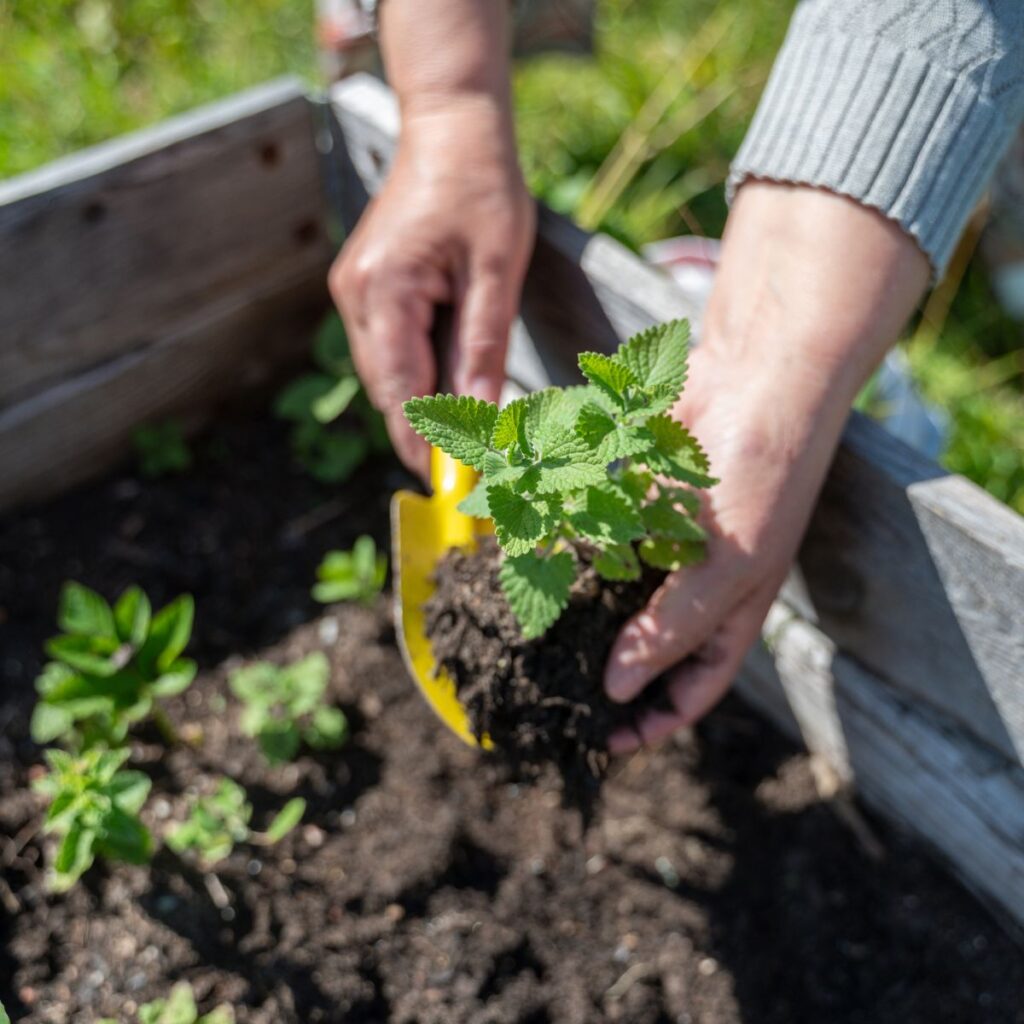
Potted plants can benefit from dividing every few years to refresh the soil in the containers and prevent them from becoming rootbound. Mint in the garden might need dividing to keep the size of the planting.
Pruning Mint Flowers
Mint flowers are typically purple, white, or pink. Trimming flowers before they form keeps the plant in peak production, but you lose the benefits of the beautiful flowers. A more sustainable solution is to allow the plant to flower, then cut the entire plant down to about 5cm (2 inches) above the soil to encourage new growth that will be ready to harvest in a few weeks.
And remember, mint flowers are also edible, though they are less aromatic than the leaves.

Uses of Mint
Mint has a variety of uses and can be stored fresh, dried, or frozen, depending on your needs:
- Fresh: Store fresh mint by standing the sprigs in water until ready to use, and they will stay fresh for several days.
- Dry: Spread the mint on a tray or hang by their stems in a dry location with good air circulation and out of direct sunlight. Turn them occasionally, and they will dry in a few weeks. Alternatively, you can use a dehydrator or even a low setting on your oven.
- Frozen: Chop mint into ice cube trays, cover them with water, and freeze. They can be thawed and used in a variety of ways.
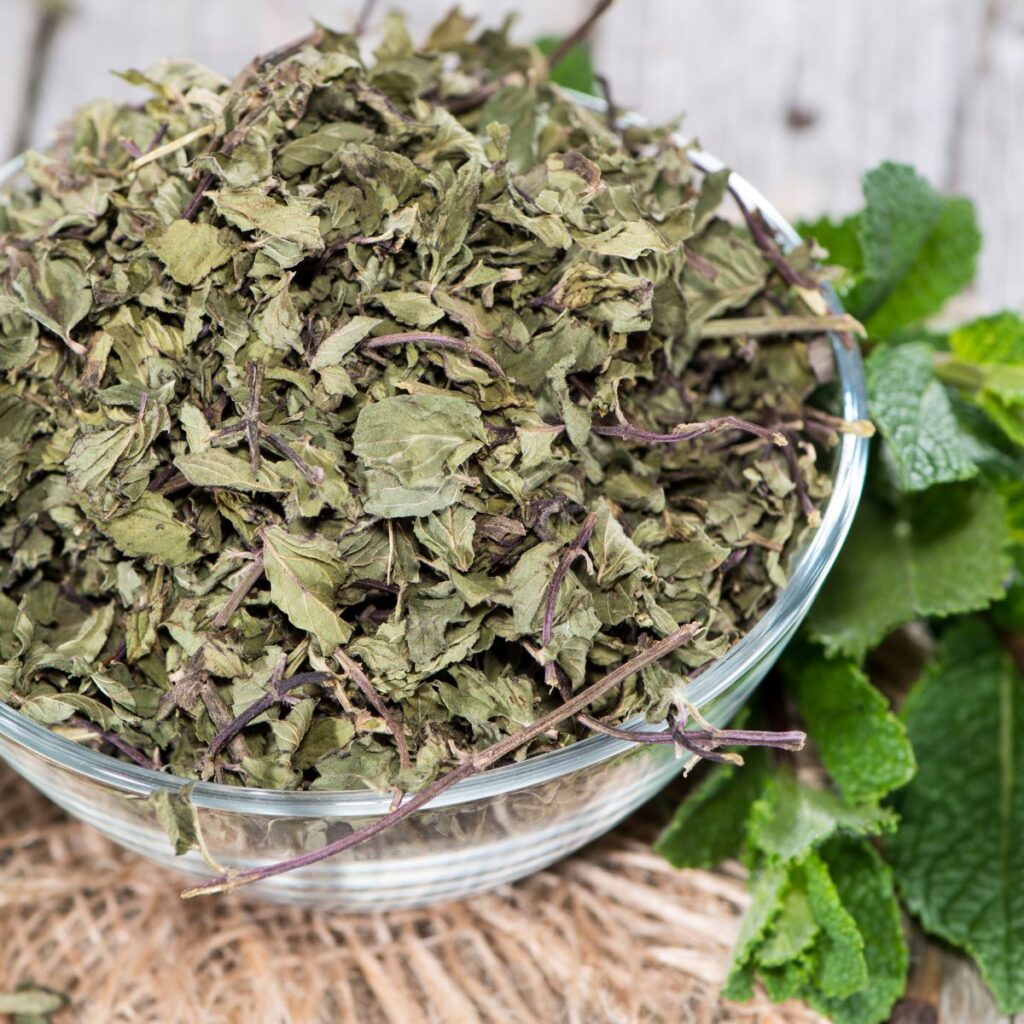
Conclusion
This sweet-smelling herbal goodness is one of the easiest herbs you can grow, and you will be rewarded with an incredibly versatile plant.

